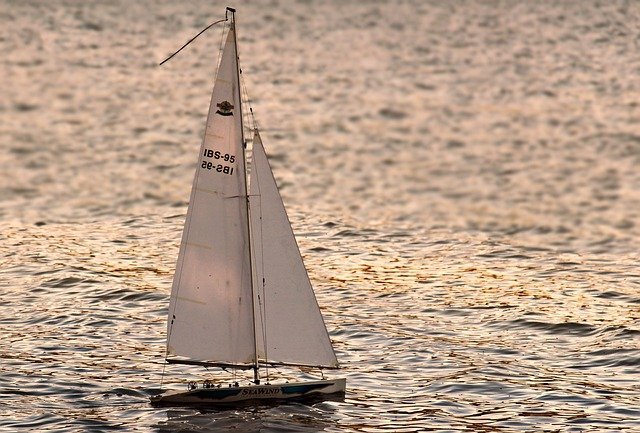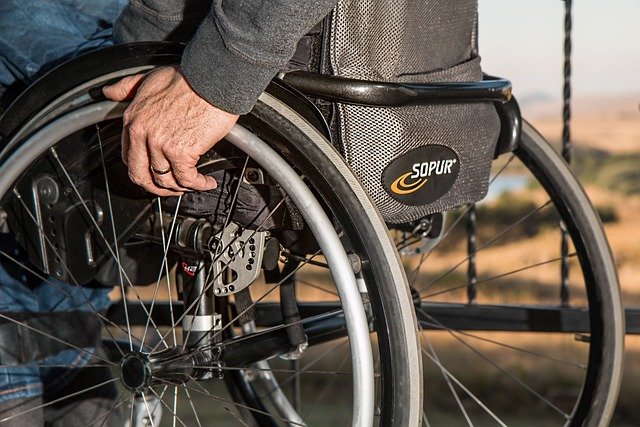17-Foot Fishing Boat — Practical Guide to Features, Performance, and Buying Considerations
A 17-foot fishing boat represents the sweet spot for many anglers, offering enough space for serious fishing while remaining manageable for solo operation and trailer transport. These versatile vessels provide adequate room for gear storage, comfortable seating for multiple passengers, and the capability to handle various water conditions from calm lakes to moderate coastal waters.

When selecting a fishing boat, the 17-foot category stands out as one of the most popular choices among recreational anglers. This size range delivers an optimal balance between functionality, affordability, and ease of handling, making it suitable for both novice and experienced boaters.
Overview and Typical Specifications
Most 17-foot fishing boats feature either aluminum or fiberglass hull construction, with beam widths typically ranging from 7 to 8 feet. These vessels commonly accommodate 4-6 people with weight capacities between 1,200 and 1,800 pounds. Hull designs vary from deep-V configurations for rough water performance to modified-V or flat-bottom designs optimized for shallow water fishing. Draft measurements usually fall between 12-18 inches, allowing access to various fishing environments.
Standard dimensions include overall lengths of 16’8” to 17’6”, with most models designed to fit within standard trailer and storage requirements. The cockpit space typically provides 10-12 feet of fishing area, sufficient for multiple anglers to fish comfortably without crowding.
Performance, Handling, and Recommended Power Options
Engine recommendations for 17-foot fishing boats typically range from 75 to 150 horsepower, depending on hull design and intended use. Aluminum boats often perform well with 90-115 HP outboards, while heavier fiberglass models may benefit from 115-150 HP engines for optimal performance. These power ranges enable cruising speeds of 25-35 mph and top speeds reaching 40-50 mph under ideal conditions.
Handling characteristics vary significantly based on hull design. Deep-V hulls provide superior rough water capability but may require more power to achieve plane. Modified-V designs offer a compromise between stability and performance, while flat-bottom configurations excel in shallow water but sacrifice rough water handling.
Fishing Layouts, Storage, and Onboard Features
Modern 17-foot fishing boats incorporate numerous angler-focused features. Bow casting decks provide elevated fishing platforms, while stern areas often include livewells, baitwells, and rod storage compartments. Many models feature built-in tackle storage, cup holders, and designated areas for electronics mounting.
Storage capacity varies considerably, with some models offering over 20 cubic feet of compartment space. Console designs range from basic tiller steering to full walk-through windshields with enclosed storage. Seating configurations typically include pedestal fishing seats, bench seating, or a combination of both.
Safety, Routine Maintenance, and Winterizing Tips
Safety equipment requirements vary by location but typically include life jackets, fire extinguisher, sound signaling device, and navigation lights. Many 17-foot boats benefit from additional safety features such as bilge pumps, VHF radios, and GPS units.
Routine maintenance involves regular engine servicing, hull cleaning, and trailer upkeep. Aluminum hulls require less maintenance than fiberglass but should be inspected for corrosion, particularly in saltwater environments. Fiberglass boats need periodic waxing and gelcoat inspection.
Winterizing procedures include engine preparation, fuel stabilization, and proper storage. Boats stored outdoors require covers and support systems to prevent hull distortion and weather damage.
Buying Checklist, Cost Factors, and Recommended Accessories
When purchasing a 17-foot fishing boat, buyers should inspect hull condition, engine performance, trailer functionality, and overall maintenance history. New boats typically include basic equipment packages, while used boats may require additional investment in safety gear and accessories.
| Boat Type | Manufacturer | Price Range | Key Features |
|---|---|---|---|
| Aluminum Deep-V | Lund 1775 Pro-V | $35,000-$45,000 | All-welded construction, large livewell |
| Fiberglass Center Console | Boston Whaler 170 Montauk | $45,000-$55,000 | Unsinkable foam core, premium finish |
| Aluminum Mod-V | Tracker Pro Team 175 | $25,000-$32,000 | Package deal with trailer and motor |
| Fiberglass Dual Console | Sea Ray 175 Sport | $38,000-$48,000 | Bow rider seating, stereo system |
Essential accessories include fish finders, trolling motors, downriggers, and rod holders. Electronics packages can add $2,000-$5,000 to the total investment, while fishing-specific accessories may cost an additional $1,000-$3,000.
Trailer costs range from $2,500-$4,500 for galvanized models suitable for saltwater use. Annual operating costs including insurance, registration, fuel, and maintenance typically range from $2,000-$4,000 depending on usage patterns.
Prices, rates, or cost estimates mentioned in this article are based on the latest available information but may change over time. Independent research is advised before making financial decisions.
The 17-foot fishing boat category offers excellent versatility for recreational anglers seeking a capable vessel without the complexity and expense of larger boats. Proper research, inspection, and budgeting ensure buyers select a boat that meets their specific fishing needs and provides years of reliable service.




